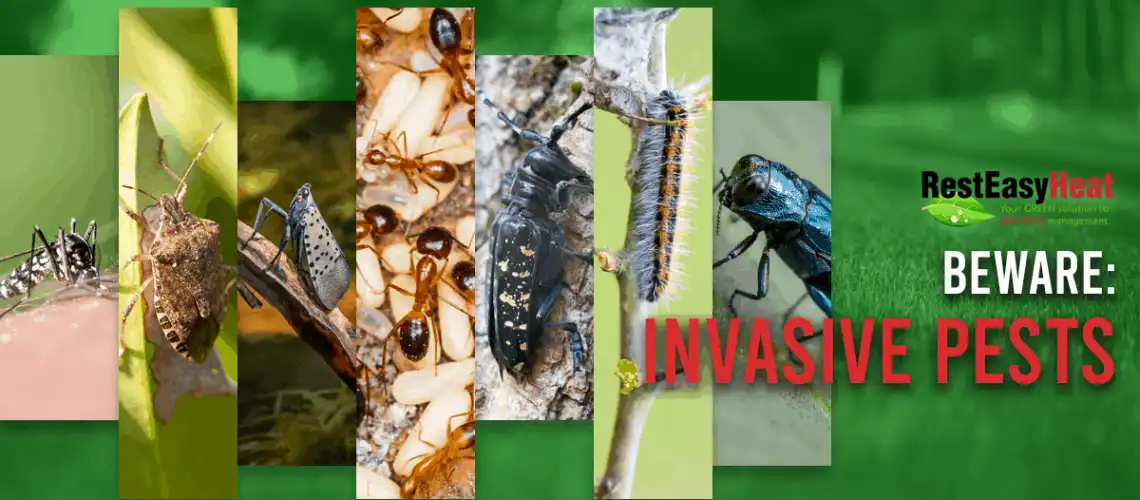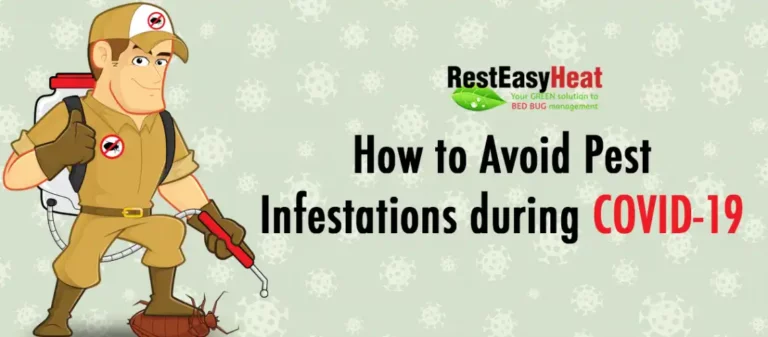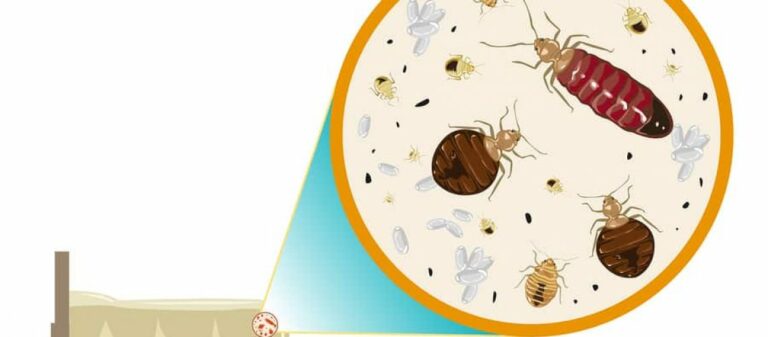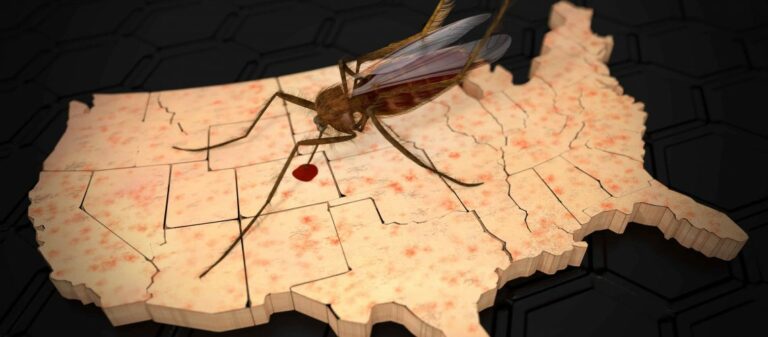BEWARE: Invasive Pests
As their name suggests, invasive pests are animal species that invade the natural habitat of other wildlife species. In other words, they establish themselves in other ecosystems that are not supposed to be their natural habitat and disturb other species or even cause harm or damage to the environment and other organisms particularly their hosts. Moreover, these destructive pests bring diseases that will lead to the death of crops, plants, and important species of trees. Some invasive animals also cause soil degradation and erosion, which can result in other serious disasters.
Here are seven (7) of the most common invasive pests that can be found in your yard:
1. Gypsy Moth
European gypsy moths are a threat, particularly to both hardwood and softwood trees. Trees are harmed due to defoliation as the caterpillars (larvae) of these species eat the trees’ crown foliage. Apart from that, the hairs of these caterpillars can irritate human skin; hence, people need to wear gloves when removing these insects.
2. Brown Marmorated Stink Bug
There is a good reason to call a bug a “stink bug.” Indeed, the Brown Marmorated Stink Bug secretes a distinct stench. Aside from being unpleasant to the nose, stink bugs are also harmful to agriculture particularly plants. These invasive pests are considered new in North USA but they are certainly found in Pennsylvania and Ohio. As soon as stinkbugs pierce the plants, the latter will eventually lose their seeds. Leaf stippling will also occur which hinders photosynthesis.
3. Emerald Ash Borer (EAB)
Among the indications that an ash tree is being infested by EAB are the D-shaped exit holes that you may find on the trunk or under the bark of the tree. These insects, which are metallic green in color, are the reason behind the death of any ash tree, regardless of how sturdy or young the tree is, within just four years of infestation. Also, woodpeckers search for EAB larvae and pupae; therefore, increased woodpecker activity suggests EAB infestation.
4. Asian Longhorned Beetle (ALB)
One of the most destructive pests that invade trees is the Asian Longhorned Beetle. Just recently, tree surveys have been conducted in South Carolina to detect ALB. Prior to this, these invasive species have already been spotted and successfully exterminated in several US states including Ohio and New Jersey. ALBs are certainly among the culprits behind tree degeneration.
5. Asian Tiger Mosquito
They are not your typical mosquitos. Asian Tiger Mosquitos can be found throughout the United States. Although they are said to be most prevalent in the northern part of USA, Asian Tiger Mosquitos also invade the northern regions including Ohio, New Jersey, and Pennsylvania. Not only do they have a specific feeding time during the day, which is daytime, Asian Tiger Mosquitos also transmit serious and fatal diseases such as dengue fever. They are also known carriers of the
Chikungunya virus and West Nile virus. They typically breed in shady areas and in containers with stagnant water. Hence, freeing your backyard from potential breeding sites of these mosquitos is a good preventive measure.
6. Spotted Lanternfly
Homes and farms in Pennsylvania and New Jersey have suffered greatly from damages caused by these destructive insects. Spotted lanternflies typically invade fruit trees and feed on saps and vine trunks. They can be very difficult to control when they multiply in large numbers. In fact, eight counties in New Jersey were quarantined, as authorized by the NJ Department of Agriculture, following an immense infestation by spotted lanternflies.
7. Red Imported Fire Ants
These invasive pests originate from Southern USA and now invade even the northern regions. Among all the different ant species, the red imported fire ants’ venom causes the most painful sting. These mean species are typically drawn to outdoor areas or landscaping where they build their mound nests in the soil. What makes fire ants really a nuisance is when they gain access to the interiors of your home.
There is no telling how many more invasive species in America and how much that will emerge in the future. The best move is to prevent them before the damage worsens. Contact your local pest control company to have your vicinities checked and keep them intact.







